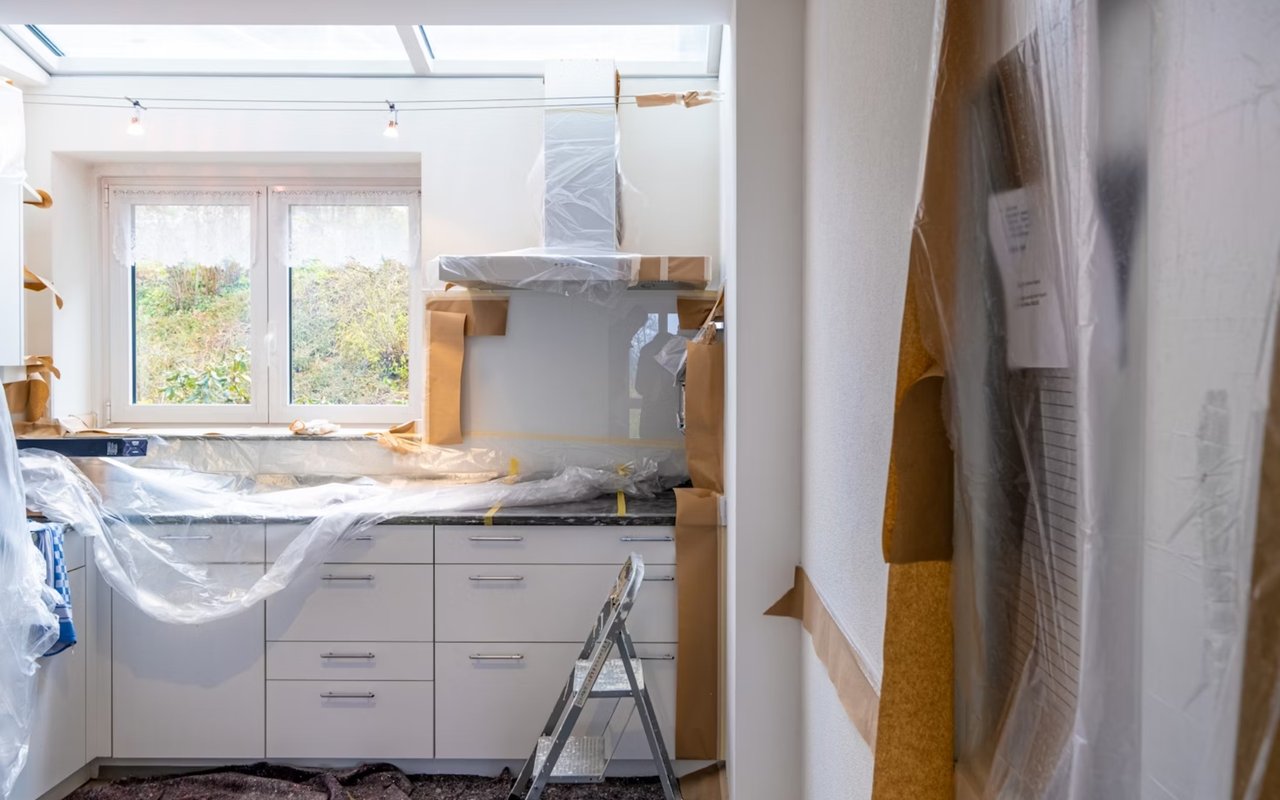Embarking on a home renovation can be an exciting journey, transforming your living space to better suit your needs and aesthetic preferences. However, without proper planning and execution, a remodel can quickly become overwhelming, leading to unexpected costs and delays. Proactive planning, clear communication, and understanding local regulations are paramount to a rewarding renovation experience.
Here are key strategies for a successful home remodel.
Define Your Vision and Set a Realistic Budget
Before any demolition begins, it is crucial to have a clear and detailed vision for your renovation project. What exactly do you want to achieve? Are you aiming for a complete kitchen overhaul, a bathroom refresh, or adding a new living space? Collect inspiration, create mood boards, and outline specific features you desire. This detailed vision will guide all subsequent decisions and help maintain focus throughout the project.
Equally important is establishing a realistic budget. Research average costs for similar renovations in your neighborhood to get a ballpark figure. Factors include materials, labor, permits, design fees, and a crucial contingency fund (more on that later). Knowing your financial limits upfront helps prevent overspending and ensures your vision aligns with what you can comfortably afford.
Secure Mortgage Pre-Approval if Financing
If you plan to finance your home renovation through a home equity loan, a cash-out refinance, or a construction loan, securing pre-approval from a lender is a vital early step. Like buying a home, a pre-approval gives you a clear understanding of how much financing you qualify for, allowing you to set an accurate budget.
This financial clarity ensures you do not design a project that exceeds your borrowing capacity. It also streamlines the process once you finalize your contractor and project scope, as your financing is already in place, reducing potential delays.
Obtain Necessary Permits and Understand Local Regulations
One of the most overlooked yet critical remodeling tips involves understanding and obtaining the necessary permits. In Leawood, Kansas, most significant renovation projects require a building permit. This includes work that involves moving, adding, or removing plumbing fixtures, electrical fixtures (like outlets and lights), or any structural changes. Finishing a basement, adding a deck, or replacing siding and windows also require permits.
It is typically the contractor's responsibility to obtain these permits, as their name on the permit means they are ultimately responsible for ensuring the job is done correctly. Permits ensure your project complies with local building codes and safety standards. For instance, if your home is in a historic district or a homeowner's association, you may also need approval from a local organization for any exterior changes visible from the public right-of-way, which might affect your renovation timeline.
Hire a Reputable and Licensed Contractor
Selecting the right contractor is arguably the most impactful decision you will make in your renovation journey. Look for local contractors with a strong track record of successful projects. Always seek multiple bids (at least three) to compare costs and ensure you get a fair price for the scope of work. Do not automatically choose the lowest bid; quality and reliability are paramount.
Beyond price, verify their licensing with the city and/or county. Crucially, confirm they carry proper workers' compensation and liability insurance. Ask for references and view their past work, if possible. A reputable contractor will be transparent, provide a detailed written contract outlining the scope, payment schedule, and timeline, and ensure all necessary permits are obtained before work begins.
Plan for a Contingency Budget
No matter how meticulously you plan, unexpected expenses often arise during a renovation. This is where a contingency budget becomes invaluable. It is widely recommended to set aside 10% to 20% of your total project cost as a contingency fund. For larger, more complex remodels or older homes with unforeseen issues appearing once walls are opened, the higher end of this range is a prudent choice.
This contingency covers unforeseen challenges like discovering hidden plumbing leaks, outdated electrical wiring, structural issues, or even sudden material price increases. This buffer prevents you from halting the project or compromising on essential elements due to financial constraints, ensuring your renovation remains on track.
Prioritize Communication and Documentation
Clear and consistent communication with your contractor and their team is essential for a successful renovation. Establish preferred methods and frequency of communication from the outset. This could involve weekly on-site meetings, daily text updates, or regular email check-ins. Ensure all changes, decisions, and agreements are documented in writing, even if initially discussed verbally.
This documentation serves as a record and helps prevent misunderstandings or disputes. Keep a binder or digital folder containing your contract, permits, invoices, change orders, and communication logs. This level of organization is one of the most effective remodeling tips for keeping your project on schedule and ensuring all parties are aligned on the vision and progress.
Establish Temporary Living Arrangements
Depending on the scope and invasiveness of your renovation, you may need to establish temporary living arrangements. Living in your home might become impractical or unsafe for a complete kitchen or bathroom remodel, especially if it involves extensive plumbing or electrical work. Consider staying with relatives, renting a short-term apartment, or utilizing a portable living unit.
Planning for this reduces stress and helps keep the project timeline on track, as contractors can work more efficiently without residents present. For homeowners in a place like Leawood, Kan., this might mean securing a temporary rental in a nearby neighborhood or utilizing family resources during periods of major disruption.
Post-Renovation Review and Final Touches
Once the major construction is complete, conduct a thorough walkthrough with your contractor. Create a punch list of items needing finishing touches, adjustments, or repairs. Ensure all work meets the agreed-upon standards and local codes. Do not make the final payment until all items on the punch list are addressed to your satisfaction.
After the contractors depart, perform any necessary deep cleaning and organize your newly renovated space. Consider updating decor, artwork, or lighting fixtures to complement the new design. These final touches help integrate the renovation into your home, allowing you to fully enjoy your revitalized living environment.
Work With Jennifer Weaver for Leawood Homes
If you're considering a move in or around Leawood, Jennifer Weaver offers the insight and experience to guide you through every step of the real estate process. With a deep understanding of the local market and a commitment to personalized service, Jennifer helps buyers and sellers make confident, informed decisions. Reach out today to start your real estate journey with someone who knows Leawood inside and out.



